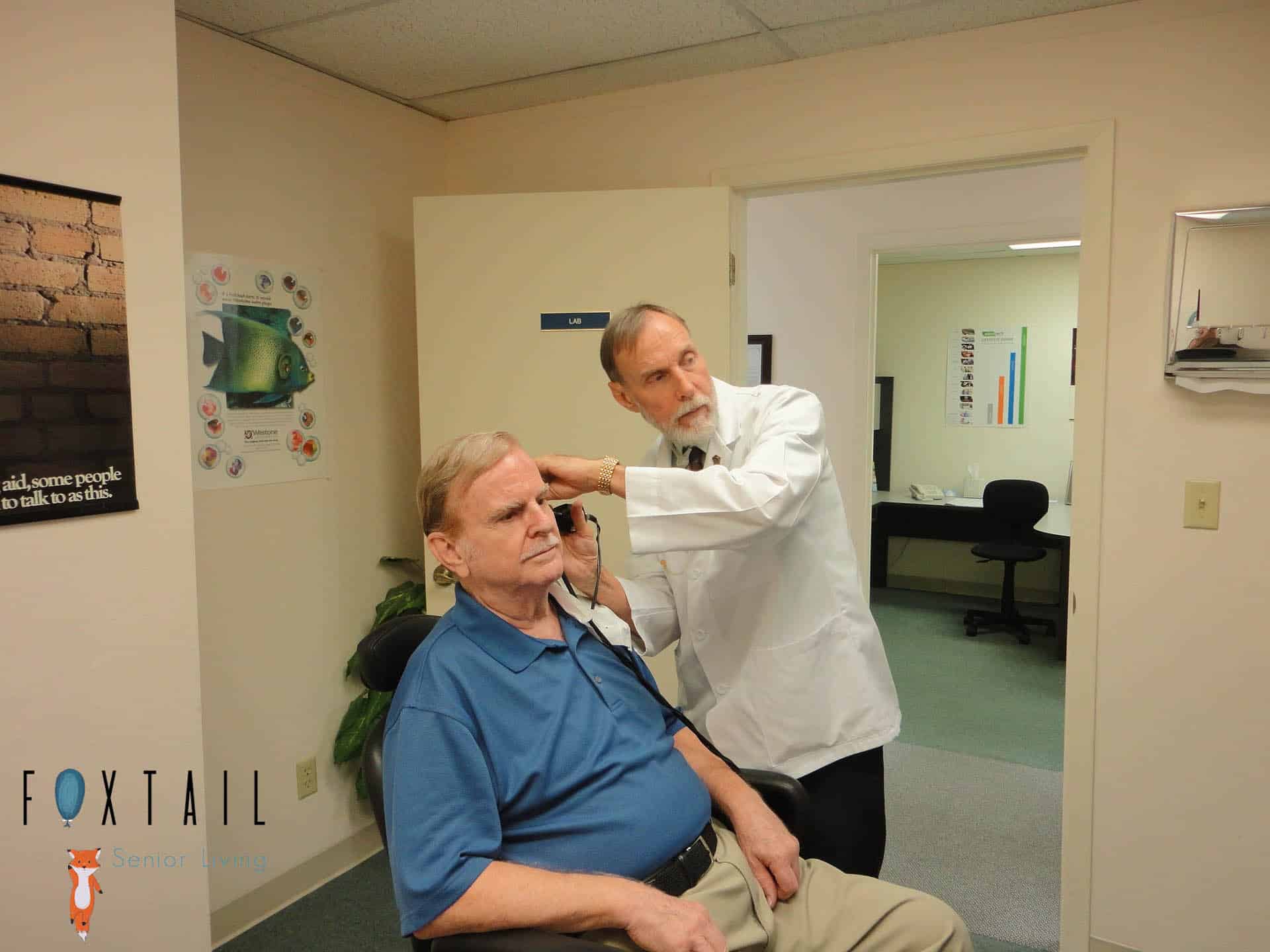
As we get older, our hearing naturally starts to decline. Whether you have led a relatively quiet life or been in loud settings for years, hearing loss affects almost everyone in different ways. However, new innovations in hearing aid technology are helping to combat this biological effect of aging.
The History of Hearing Aids
The first hearing aids were invented in the 17th century. They began as hollowed-out animal horns, called ear trumpets, and worked by collecting sound and funneling it into the ear through a narrow tube.
From there, collapsable ear trumpets came to fruition in varying shapes and sizes. They evolved to be more “aesthetically pleasing”, adding a headband to help hold them in users’ ears.
The invention of the telephone laid the foundation for the first electronic hearing aid, created by Miller Reese Hutchinson in 1898.
Fast forward to the birth of the microprocessor in the 1970s, and hearing aid advancements grew exponentially year after year. Introducing microprocessors into hearing aids allowed for clearer, more focused sound detection, leading to an increased relief of hearing loss.
Advancements of the 2000s
At the turn of the century, hearing aid technology had improved to be programmed and customized to each user’s individual needs. Digital technology, the same technology in computers and cell phones, allowed hearing aids to adapt to different listening environments automatically.
Hearing Aids of the (Not-So-Distant) Future
Bluetooth embedded hearing aids have the ability to connect to a phone or laptop, making it possible to wirelessly stream audio directly into the hearing aids. This connectivity also lets users adjust various settings on their hearing aids in real-time, eliminating the need to make a trip to a specialist.
2020 has brought the development of the “myCall-to-Text” app, which transcribes phone calls as you talk so people with trouble hearing phone calls can read along with what they’re hearing, similar to subtitles.
This is only the beginning of hearing aid innovation. Every year, new technology revolutionizes the way we combat hearing loss. Smaller, more comfortable devices are coming to market, all with increased efficiency than their predecessors.
At Foxtail, we know that hearing loss and hearing aids can be difficult to manage. Our assistants and medical staff are on call 24 hours a day to assist residents with hearing aids or general hearing impairment. From social activities to quiet spaces, the Foxtail family strives to create a comfortable living environment for people with and without hearing loss. Contact us today if you have any questions about how we care for our residents with hearing loss.


